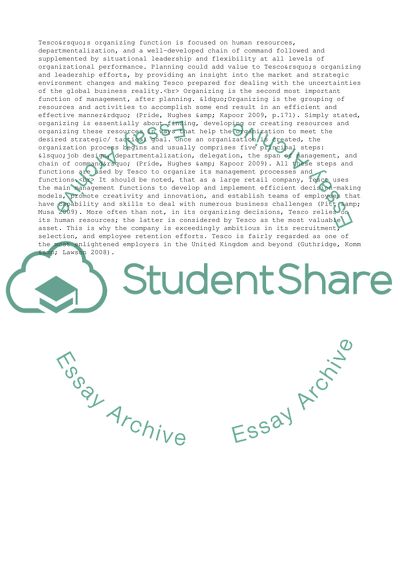Cite this document
(“Tesco: Organizing, Leading, and Planning Essay Example | Topics and Well Written Essays - 1250 words”, n.d.)
Retrieved from https://studentshare.org/management/1429902-no-specific-topic-check-assignment-criteria-for-details
Retrieved from https://studentshare.org/management/1429902-no-specific-topic-check-assignment-criteria-for-details
(Tesco: Organizing, Leading, and Planning Essay Example | Topics and Well Written Essays - 1250 Words)
https://studentshare.org/management/1429902-no-specific-topic-check-assignment-criteria-for-details.
https://studentshare.org/management/1429902-no-specific-topic-check-assignment-criteria-for-details.
“Tesco: Organizing, Leading, and Planning Essay Example | Topics and Well Written Essays - 1250 Words”, n.d. https://studentshare.org/management/1429902-no-specific-topic-check-assignment-criteria-for-details.


